Mimosaceae- Gum and Tannin family
1. Mimosaceae- Gum and Tannin family
Distinguishing characters
Woodyplants armed with spines , clustering of small flowers in heads or catkins, regular actinomorphic flowers gamopetalous corolla, which facilitate easy pollination and often brightly colored stamens which act as the main attracting organs for insects and flattened seeds mostly flattened with a horse-shoe shaped groove and an aril.
A tropical and subtropical family mostly of arid regions, are a comparatively small
family of 50 genera containing 3000 or more species.
A. Medicinal plants
1. Acacia (Gk. akis = a sharp point, due to thorns)
A. senegal Willd.(A. verek Guillem. & Perr.- Gum arabic tree) is a small thorny
tree/shrub is a native of North Africa, common in drier parts of Rajasthan, Gujarat and Haryana.
Gum is collected by making transverse incisions on the bark. Gum Arabic is used as a binding
agent for pills. Roots of A. senegal are used against dysentery, gonorrhoea and nodular leprosy.
Stem bark extract is found to be anti-inflammatory and spasmolytic.
2. Adenanthera pavonina Linn. (Kundhandana, Coral wood).
This is a tall tree with long pods enclosing scarlet biconvex seeds is common in India.
Seeds contain a fat (25-30%), protein (30%), stigmasterol, dulcitol and non-protein amino acids
such a -methylene glutamic acid, -methylene glutamine and -ethylidine glutamic acid. Bark contains saponins based on oleanolic and echinocystic acids. Seeds are used for treatment of cholera and paralysis. Seed extract is useful in pulmonary affections and chronic opthalmia. A decoction of leaves/bark is used against
rheumatism and gout. Root extract is hypotensive. The wood yields a dye, which is used as a
substitute for red sandalwood.
3. Acacia catechu Willd. (Khair, Cutch Tree, Catechu)
A. catechu is a small tree inhabiting the drier regions of India. Catechu is a resin
extracted by boiling the red heartwood in water. Katha (pale catechu) is prepared by keeping the
concentrated extract for a few days when the catechin settles (crystallizes) at the bottom. The
mother liquor on concentration yields Cutch (dark catechu). Katha is almost pure catechin
whereas cutch contains upto 60% tannins and 12-18% catchin. Kheersal is the crystalline or
powdery deposits of catechin found naturally in old trees. Khair gum is naturally exuding and
occurs as pale yellow tears. It is sweet in taste, dissolves in water to form strong mucilage.
Katha is known for its antileprotic activity and is used as an astingent and in cases of cough and
diarrhoea. It is extensively used in pan preparations. Katha is a highly efficient anti-oxidant.
Kheersal is used for treatment of cough. Gum is a good substitute of gum Arabic.
4. Acacia nilotica subsp. indica Brenan ( A. arabica Willd. var. indica Benth-. Babul,
Indian gum Arabic)
This is a moderate sized evergreen tree, common throughout the drier parts of India.
Babul bark is an important tan stuff in northern India. The tannin content of bark varies from
12-20% and consists of catechin, epicatechin, dicatechin, quercetin, gallic acid and procyanidin.
The gum exuding from the wounds of the bark is similar to khair gum. Bark is used in asthma,
bronchitis, leucorrhoea and pneumonia and is hypoglycemic. Gum stops bleeding and urinary
and vaginal discharges. Pods are used in impotency and in urinogenital disorders. Various parts
of A. nilotica are used in earache, cholera, dysentery, and leprosy and against worms.
5. Albizzia (After Albizzi, Italian naturalist).
A. lebbeck Willd. (Siris tree) is a large erect deciduous tree planted
in many parts of India as a social forestry tree yielding timber. Bark yields condensed tannins
(7-11%) consisting of D-catechin, procyanidin, melacacidin and lebbecacidin, a saponin
lebbekanin D (sapogenin acacic acid) and steroids friedlin and -sitosterol. Bark yields a
reddish brown gum also. Seeds yield protein (40%), and saponins lebbekanin A &B based on
sapogenins echinocystic and oleanolic acids. A. lebbeck is said to have anti-dysenteric and antitubercular
properties. The bark is used for bronchitis, leprosy, paralysis and worms and as on
expectorant. Both bark and seeds are used as tonic and restorative and in diarrhoea and piles.
The gum from bark is used as substitute of gum Arabic. Seeds and pods exhibit hypoglycemic
and anti cancerous properties also.
6. Albizzia procera Benth. (Safed siris)
A. procera also is a large tree. The root bark yields gum, tannins (12-17%) and -
sitosterol. Stem bark contained -sitosterol and isoflavones such as biochanin A, formonetin,
genistein and diadzein. Stem wood also contains all these isoflavones besides a pterocarpan.
Seeds are found to possess two saponins, proceranin (based on the aglycone machaerinic acid)
and proceranin A (based on proceragenin A and B) An oleanolic acid saponin also in reported
from seeds. All the parts of the plant exhibit anti-cancer properties. The plant is used for
intestinal diseases. The root saponin was found to possess spermicidal activity. A decoction of
bark is used against rheumatism and hemorrhage. The gum obtained from this plant is similar to
that of gum Arabic. Seed extract is hypotensive in nature.
7. Albizzia odoratissima Benth. (Kala siris)
This tree also yields a gum in the form of rounded tears. The stem and leaves contain
tannin and seeds, a saponin odoratissimin based on echinocystic acid and machaerinic acid. The
bark is considered tonic and effective in leprosy and ulcers leaves are used as expectorants and
the bark yield a brown dye.
8. Mimosa (Gk. mimos = mimic due to sensitive leaves)
M. pudica, a well known medicinal plant – “Lajamani”, is used for its alternative and
blood purifying properties.
B. Biopesticides
1. Acacia auriculiformis A. Cunn.
This is a tree native to Australia now cultivated extensively as a social forestry tree. The
fruits yield two acylated triterpenoid bisglycosides acaciasides A & B. Heartwood and bark
contains flavones. The fruit extract and acaciasides are found effective against the nematode,
Meliodogyne incognita.
2. Acacia nilotica Delile
This is a small spiny tree, the pods of which contain gallic acid, ellagic acid and condensed
tannins. Aqueous extracts of fruits of this plant was found to be larvicidal to Culex mosquito.
3. Albizzia lebbek Benth.
The saponins are found pesticidal
4. Archidendron ellipticum I.C. Nielsen
From the seeds of this native tree of Great Nicobar Island, India, a serine proteinase
inhibitor, AeTI, is isolated. This protein is found to be a potent insect antifeedant.
5. Calliandra sp.
Five non-protein amino acids such as S-(β-carboxyethyl)-cysteine present in the young
leaves and stems of Calliandra spp. were found insecticidal against the aphid, Aphis fabae
(Simmonds et al., 1988).
C. Natural Dyes
1. Acacia catechu Willd
This dye gives brown, yellow, grey and black color. The brown color is obtained by
using catechu with iron sulphate and myrobalan. Black color is produced by mixing cutch with
castor oil and turmeric.
2. Acacia leucophloea Willd. (Armida/Babul/Fragrant Acacia)
This is a deciduous thorny tree, a native of tropical America naturalized in India. The
bark and pods yield a black dye.
3. Adenanthera pavonina Linn
This is a tall tree common in India. The wood contains 2,4-dihydroxy benzoic acid,
robinetin, chalcone, butein and dihydroxyricetin. The wood yields a dye, which is used as a
substitute for red sandalwood.
4. Albizzia lebbeck Willd.
The wood extract is used in tanning and dyeing.
5. Albizzia procera Benth.
The stem and root bark are used in tanning and dyeing.
6. Albizzia odoratissima Benth.
Bark yields a brown dye.
7. Pithecellobium dulce Benth. (Jungle jilebi, Quamachil, Manila tamarind).
This is a medium-sized evergreen spiny tree native to Tropical America, now cultivated for
the edible aril. The bark contains tannins (up to 37%) and a gum. It yields a yellow dye.
Mammen Daniel

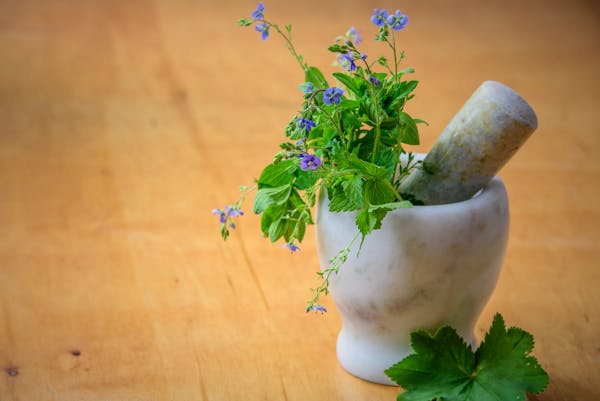
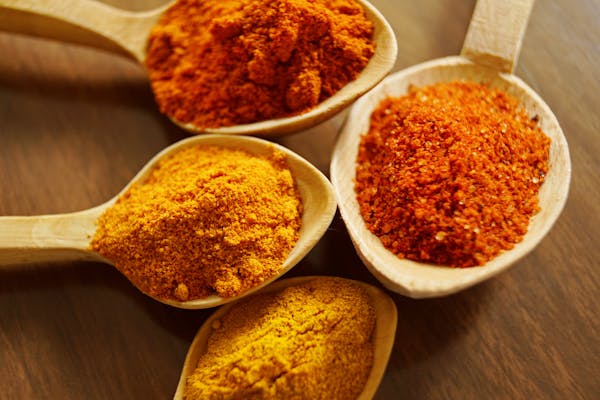
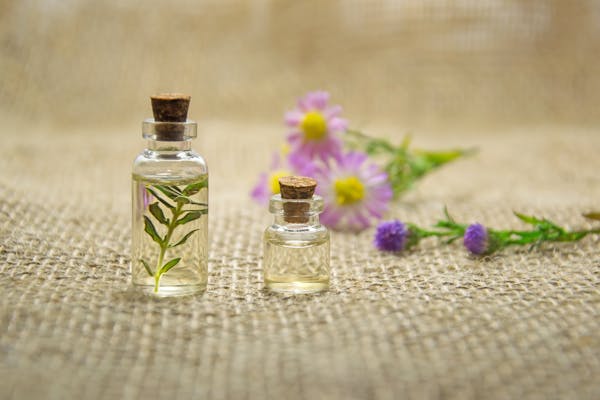

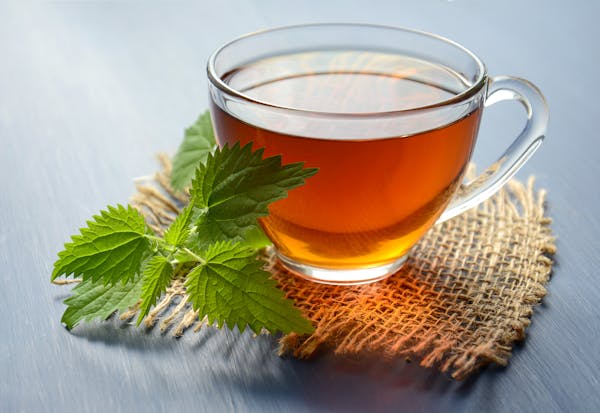
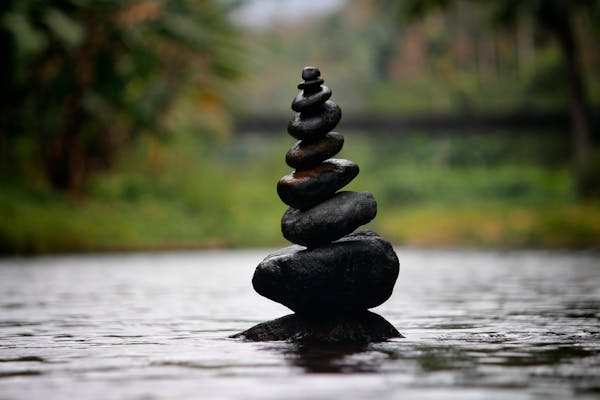













No comments:
Post a Comment